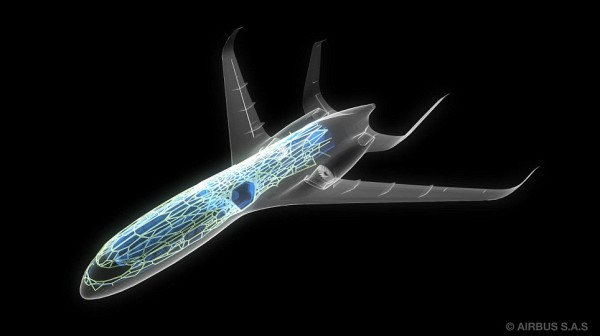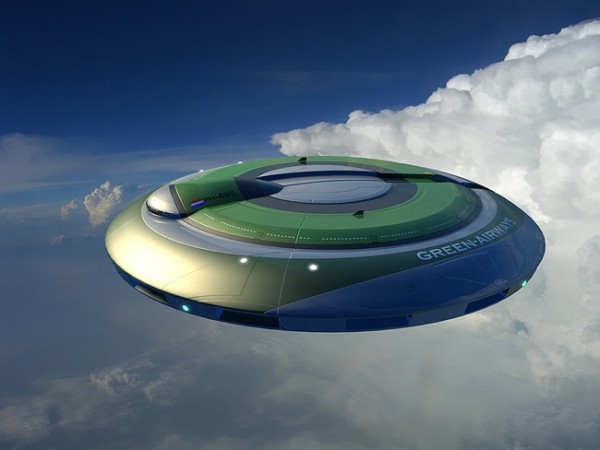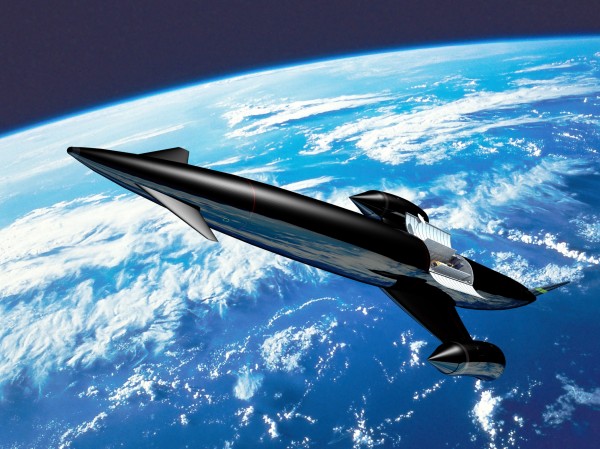In the era that we live today, technology seems to get outdated in the blink of an eye. Only a few centuries ago, flying in an airplane was a dream and today we literally have robots in space! It is not unrealistic to think of flying saucers in the near future. Although the designers of such aircrafts think otherwise, some of their ideas are a simple concept based while others are already in production.
10. The Airbus Transparent Plane
 Hopefully to be finished by 2050, the Airbus Transparent Plane is literally going to be transparent which will be both strange and exciting. For the passengers to check in; they would have to place their palm on the transparent door which doubles as a biometric scanner and the seats will adjust according to your body shape.
Hopefully to be finished by 2050, the Airbus Transparent Plane is literally going to be transparent which will be both strange and exciting. For the passengers to check in; they would have to place their palm on the transparent door which doubles as a biometric scanner and the seats will adjust according to your body shape.
The advanced technology will allow the scientists to use our body heat, absorbed by the seats, to power the aircraft, thus improving fuel efficiency. And the panorama view from the see-through ceiling shall be divine.
[youtube]http://www.youtube.com/watch?v=HSEl8bF6xOk[/youtube]
9. The Green-Airways Flying Saucer
 The symbol of aliens, the flying saucer, today is being conceptualized by Etnel Straatsma, a researcher at Delft University of Technology. The concept design plans to make aircrafts more eco-friendly—with the aim to ideally cut carbon emissions by 50%, when compared to typical commercial aircraft.
The symbol of aliens, the flying saucer, today is being conceptualized by Etnel Straatsma, a researcher at Delft University of Technology. The concept design plans to make aircrafts more eco-friendly—with the aim to ideally cut carbon emissions by 50%, when compared to typical commercial aircraft.
However as straatsma is still under process, Subrata Roy, an associate professor of aerospace engineering at the University of Florida, claims to have a working model that will be ready sometime in 2013. It runs by using electrodes across its surface to ionize the air around it that pulls negative electrons out of the atmospheric gases to create plasma. It works by creating the disparate pressure between plasma and air to create positive or negative influence, thus providing thrust.
[youtube]http://www.youtube.com/watch?v=WKiQqORDnJQ[/youtube]
8. The Skylon Surface-To-Orbit Plane
 Current spacecraft follows a conventional schema: Massive thrusters are used for takeoff, which are then cast away. Smaller engines take their place, as the ship reaches the lower gravity of the outer atmosphere. It works, but it’s not very efficient, to say the least. This is why research has been turning towards SSTO RLVs, or “single-stage-to-orbit reusable launch vehicles” – spacecraft that resemble typical aircraft more than the bulky shuttle design we’ve been using for so long.
Current spacecraft follows a conventional schema: Massive thrusters are used for takeoff, which are then cast away. Smaller engines take their place, as the ship reaches the lower gravity of the outer atmosphere. It works, but it’s not very efficient, to say the least. This is why research has been turning towards SSTO RLVs, or “single-stage-to-orbit reusable launch vehicles” – spacecraft that resemble typical aircraft more than the bulky shuttle design we’ve been using for so long.
Enter the Skylon, an SSTO RLV that will have a shelf life of over 200 launches – and re-entries – which is just about ready to be manufactured. The design for the aircraft, which receives 90% of its funding from private corporations, will use a single multi-purpose engine for both stages of flight. In the atmosphere, it will pull oxygen from the air like a jet engine and, in the vacuum of space, it will switch to an onboard fuel supply, a design that saves space, weight (a big deal with spacecraft), and money.
[youtube]http://www.youtube.com/watch?v=WkaKNDHygbM[/youtube]

